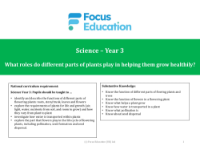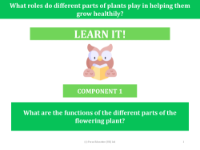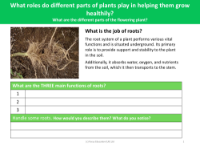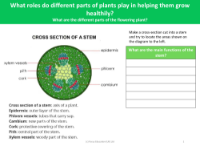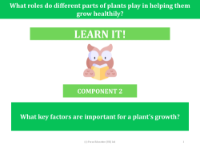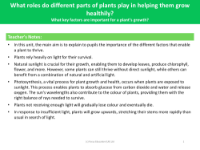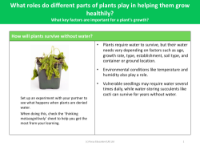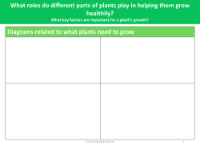What are the different parts of flowering plants? - reflection - worksheet
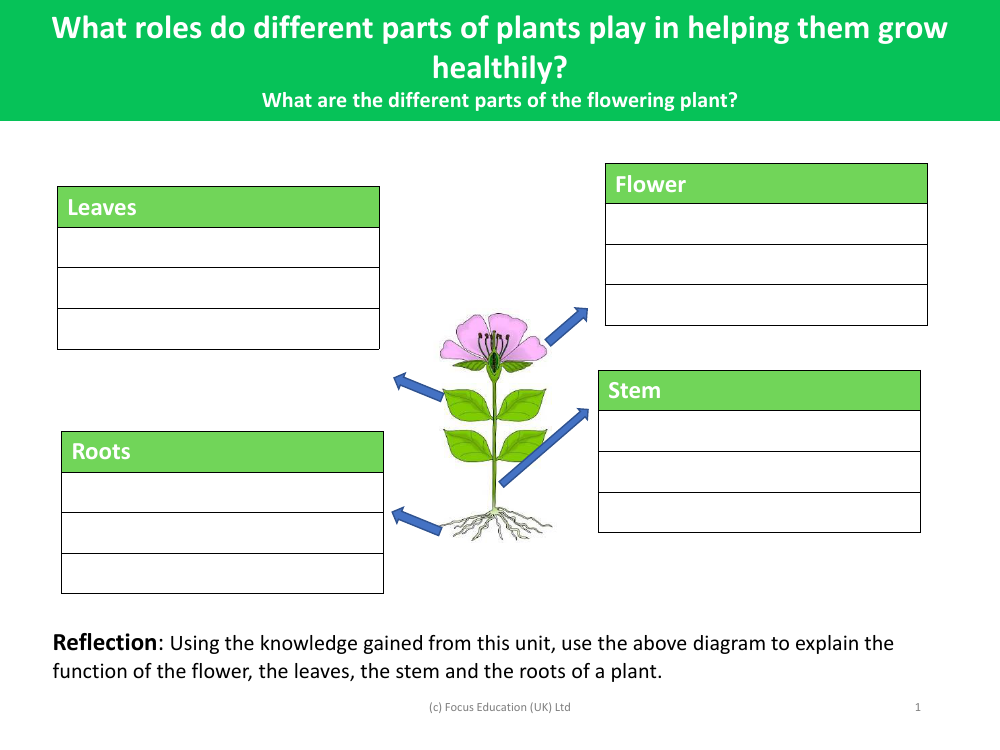
Science Resource Description
Flowering plants, also known as angiosperms, are composed of several key structures, each with its own vital role in the plant's growth and reproduction. The flower is perhaps the most distinctive part, and its primary function is reproduction. It contains the reproductive organs that facilitate pollination and the production of seeds. Leaves are crucial for photosynthesis, the process by which plants convert sunlight into energy, using chlorophyll contained within the leaves to absorb light. This process also involves the intake of carbon dioxide and the release of oxygen, which is essential for life on Earth.
Below the surface, the roots anchor the plant into the soil and absorb water and nutrients, which are then transported throughout the plant. Roots can also store food for the plant, ensuring survival during less favourable conditions. The stem provides structural support, elevating the leaves for better access to sunlight and acting as a conduit for water and nutrients between the roots and the rest of the plant. It also transports the products of photosynthesis to other parts of the plant, including the roots and the developing flowers. Understanding these functions helps to appreciate how different parts of a plant work together to maintain health and promote growth.
